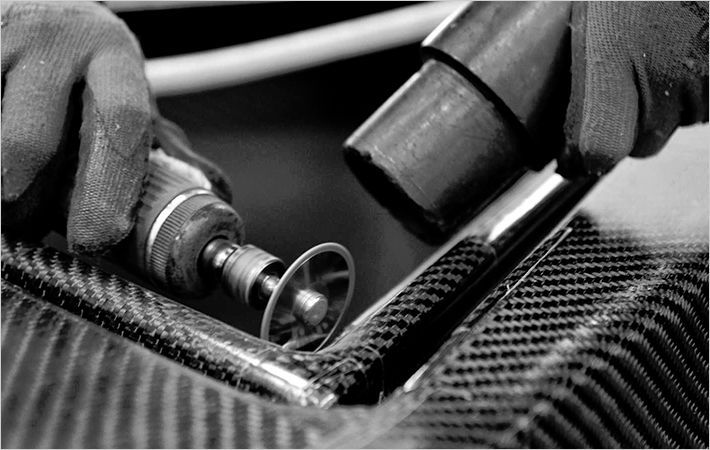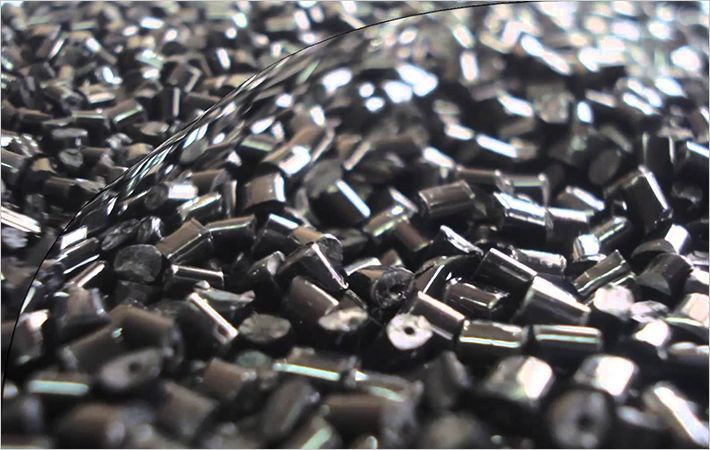The composite material Tepex dynalite from speciality chemicals Group, Lanxess subsidiary Bond-Laminates, is used in the RANGE X-ALPS paraglider reclining harness manufactured by skywalk GmbH & Co. KG during a competition to cross the Alps by paraglider and on foot.
It is a high-performance, continuous fibre-reinforced and polypropylene-based composite material. The harness’s footboard is made of a sandwich composite just one centimetre thick, comprising thin Tepex facings measuring just 0.5 millimetres and a polypropylene honeycomb core from EconCore N.V.The composite material Tepex dynalite from speciality chemicals Group, Lanxess subsidiary Bond-Laminates, is used in the RANGE X-ALPS paraglider #
To control a paraglider, the pilot must shift his body weight, while maintaining muscle tension. This is achieved by pushing the feet against the harness’s footboard. In extreme situations, such as sudden turning manoeuvres when approaching a steep rock face, very high forces are applied to the footboard, comparable to fully depressing the brake pedal in a car to avoid an accident.
Harri Dittmar, an applications engineer for Tepex said, “The footboard can easily withstand these loads. The flexural rigidity and flexural strength of such sandwich structures can be higher than that of sheet steel or aluminium depending on the thickness of the facings and the honeycomb core – but they have a much lower weight per unit area.”
Manfred Kistler, general manager of skywalk said, “We tested the sandwich sheets extensively and are very pleased with the low weight combined with the high rigidity and strength.”
The sheets are 20 per cent lighter than earlier versions made from a carbon fibre-reinforced epoxy resin. The harness therefore weighs just slightly more than one kilogram. The new component costs 25 percent less than the epoxy system, according to a Lanxess press release.
Lanxess is also planning to make sandwich composites in lightweight automotive construction, particularly in larger parts requiring rigidity, such as trunk floors, fuel tank covers, range extender housings, structural battery housings and seat components.
Martin Klocke, manager for Lightweight Construction Business Development at the Lanxess High Performance Materials business unit said, “The composites could serve as an alternative to glass fiber mats or polyurethane spray foams for manufacturing trunk floors in passenger vehicles. One advantage for processors: They would no longer have to deal with reactive chemical systems and could eliminate considerable costs for equipment and safety systems.” (GK)
Fibre2Fashion News Desk - India

